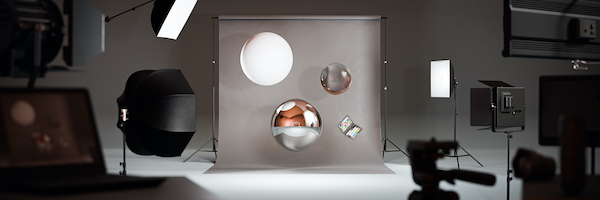

To conduct business and deliver products and services, Pearson collects and uses personal information in several ways in connection with this site, including: Questions and Inquiriesįor inquiries and questions, we collect the inquiry or question, together with name, contact details (email address, phone number and mailing address) and any other additional information voluntarily submitted to us through a Contact Us form or an email. Please note that other Pearson websites and online products and services have their own separate privacy policies. This privacy notice provides an overview of our commitment to privacy and describes how we collect, protect, use and share personal information collected through this site. Pearson Education, Inc., 221 River Street, Hoboken, New Jersey 07030, (Pearson) presents this site to provide information about Adobe Press products and services that can be purchased through this site. The Play Animation and Snapshot tools are displayed.
SUITE ADOBE 3D MANUALS
This layout is used chiefly by technical writers for building illustrations and animations for manuals and guides. This configuration displays the Design Review, Positioning, and Axis toolbars. This layout contains tools used for reviewing design projects, such as bounding boxes, markups, and dimensioning tools. This configuration displays the Standard, 3D Controls, Default Views, Display Mode, Selection Filters, Hide/Show, and View/Configuration toolbars. This is the default set of toolbars, which includes tools used for viewing 3D assemblies and parts. To select one, choose Workspace > Toolbar Presets and then select an option. Fortunately, the program offers a number of workspaces designed for different types of workflows. Making Your Way Around Adobe 3D ReviewerĪt first glance (and even second and third), Adobe 3D Reviewer can seem rather daunting. The 3D Industry Forum has various industrial members, including Hewlett-Packard, NVIDIA, Intel, and Adobe. The 3D Industry Forum developed the U3D format to serve as an open, extensible 3D visualization and repurposing format. U3D settings are for most CAD files created in digital-content creation applications and many CAD files created in mechanical engineering applications. U3D allows the use of computer-aided design (CAD) models with progressive detail, enabling viewers to see the underlying structure of the design as well as the finished product or model.
SUITE ADOBE 3D SOFTWARE
They would then use photo editing software to create the final images. This approach has changed in response to the pandemic. Over the course of the last year, more companies and industries have begun creating 3D environments and renders to show off their newest products. Adobe’s Substance 3D even allows companies to begin marketing work on products that aren’t even made yet. While it has been possible to do this before with existing software, this product streamlines the process by making it easy to build realistic 3D scenes with smart tools for models and lighting. It also includes realistic 3D textures of cloth, brick, stone, wood, and other materials you might need to detail the environment.The Universal 3D (U3D) format supports animations and is editable in Adobe 3D Reviewer. The newest and most exciting addition to the suite is called Adobe Substance 3D Stager. It is designed for Virtual Photography-building and staging 3D scenes that you can render out and use for product placement, among other things. Prior to the pandemic, companies hired photographers to take photos of their new products.

Now, Adobe has rebranded the core toolset of Painter, Designer, and Sampler into a new suite called Adobe Substance 3D. Originally, Substance software was commonly used in the 3D game industry, allowing 3D artists to paint on 3D models and create new textures from scratch. Think of Photoshop, but in 3D. In recent years, it has become more widely adopted by the film, automotive, and architectural industries. In 2019 Adobe acquired Algorithmics’ Substance family of tools.


 0 kommentar(er)
0 kommentar(er)
